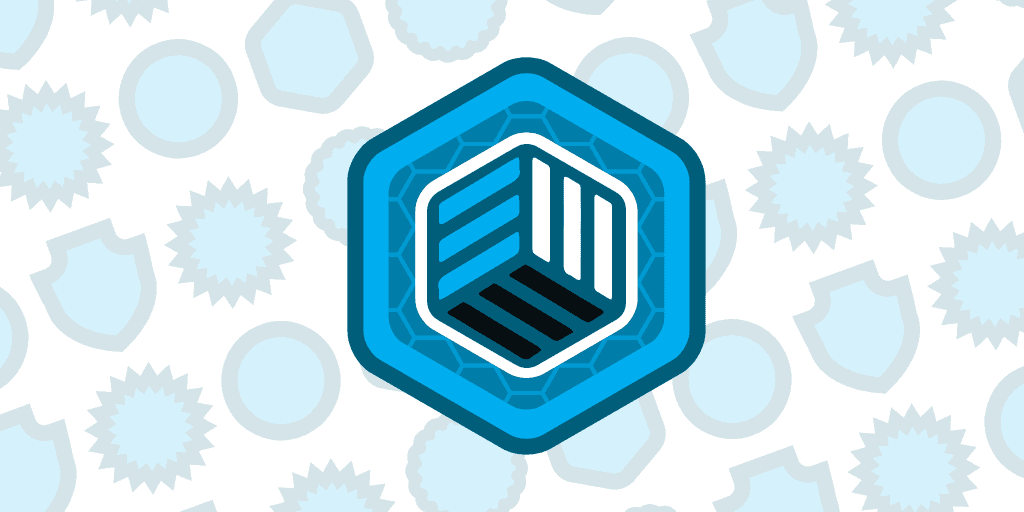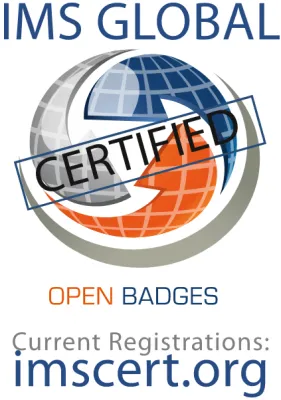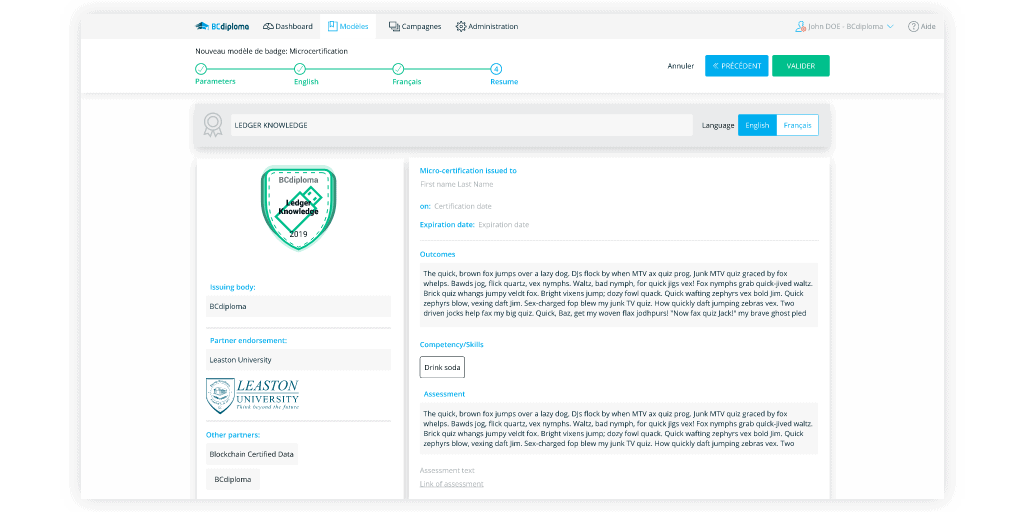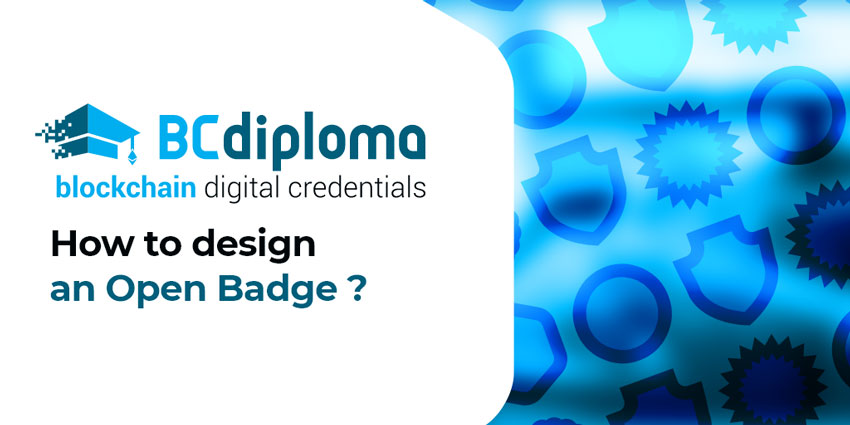An Open Badge is a digital certification set up within companies or organisations to verify the acquisition of formal or informal skills.
It can be implemented using a platform such as BCdiploma or integrated into a corporate LMS (Learning Management System) − two approaches contributing to the continuous training of employees. A digital Open Badge certification can be created, stored and distributed easily and securely online. Indeed, digital technology is a key factor to ensure better standardisation of professional training. In this article, we will go through the various steps involved in creating an Open Badge, as well as the different parameters to take into account in its development. With Open Badges poised to play an essential role in the future of professional certification, BCdiploma is dedicated to guide and support you in understanding every aspect of this game-changing solution!
How to create an Open Badge?
An Open Badge is a digital micro credential awarded by a training organisation or a company to attest to the skills or experience of learners or employees. Issuing an Open Badge involves three main stages:
- Creation of the Open Badge’s content and criteria
- Registration, learning and assessment of candidates
- Creation and distribution of the digital certification
1. Creation of the Open Badge’s content and criteria
The first step in creating an Open Badge is to write the learning content and outline award criteria. You can produce the learning materials with the help of a Learning Management System (LMS), an integrated tool for employee training.The training medium can be a MOOC, a workshop or a group activity. It is also necessary to decide on the format: face-to-face, remote or hybrid, and to establish a user charter. Finally, it is recommended to start off with a group of test candidates for the course’s first version, and use their feedback to adjust its parameters and the way the materials are used.

2. Registration, learning and assessment of candidates
Once the training content has been designed and validated, candidates can enrol and follow the course. Participants who complete the learning programme can be assessed, and based on their results, receive badges. Criteria for the assessment and awarding of micro-certification need to be clearly defined. These will feature on the Open Badge, alongside recipient and issuer information. To better understand the process involved in creating an Open Badge, you can use the following set of questions:
Set of questions to outline the content and criteria for awarding an Open Badge
- What is being recognised ? A role, an experience, a collective or individual achievement, a skill (knowledge, know-how, attitude, value), a commitment or a participation?
- Who is the initiator? The recipient (claim) or the issuer (attribution)?
- Who is recognised? A person, an organisation, a group?
- Who recognises this Open Badge? A community, a person, an organisation, an institution?
- For which audience is it intended? Community, colleagues, peers, potential or actual employers?
- Based on what evidence? Testimonials, documents, artefacts, traces?
- What practical value? Access to resources, benefits, employment, status?
- Through which process? Validated by an expert, another badge holder based on recommendation by a number of people?
- Based on what criteria? Performance indicators, set of goals achieved or to be achieved?
- Who could endorse the badge model or the badge received?
Stakeholders:
- Who is involved in building the recognition scheme?
- Is the badge designed for, with or by future badge holders?
- Ecosystem: How does the badge fit into the recognition ecosystem as a whole?
- What are some related recognitions, upstream and downstream?
- What are the potential applications (web, curriculum, community of practice, job search, mapping, orientation, social media)?
- Impact: How can we measure the badge’s impact at individual, community, organisational or society level?
- What are the quantitative and qualitative performance indicators used?
- How are these indicators tracked?
- Sustainability: How is the scheme’s publicity and sustainability ensured?
- How can the badge be highlighted?
- What financial, logistical and human resources are required?
The more precise the design criteria for an Open Badge are, the more relevant it is to achieve objective professional recognition. The questions above are used to ensure the certification’s educational quality and credibility.
3. Creation and distribution of the digital certification
Once you have passed the tests, you are ready to issue your own Open Badges via a digital certification platform. Such a platform allows you to securely create, store and share micro-certifications and Open Badges.
BCdiploma: the fully secure blockchain solution, approved by the IMS

BCdiploma has created the very first 100% blockchain-based Open Badge for durable and tamper-proof certifications, dedicated to professional use. IMS Global Learning Consortium, the reference organisation for the Open Badge standard, has certified BCdiploma’s Open Badge Blockchain. Its badges are compatible with the solutions, passports and portfolios of the Open Badge ecosystem, and fully compliant with the “Open Badges 2.0” standard.

Open Badge, the future of professional recognition
A peer-to-peer recognition system
Introduced by the Mozilla Foundation in 2011, the Open Badge system reflects a desire to shift the power of knowledge and know-how recognition, particularly when it comes to informal skills. The authority for recognition (especially professional recognition), which until now has been controlled by institutions, is shifting towards individuals, holders of informal knowledge and bearers of collective projects.
Furthermore, governments are increasingly interested in Open Badges actors able to use the tool to support vocational training policies. Pedagogues recommend promoting collective modes of learning, which favour learning methods based on questioning, inquiry and exploration. Did you know that the term “Open Badge” comes from the Open Source movement? The source code of software is freely accessible, modifiable and sharable. This plays a key role in building an open Internet, thus making education accessible to all. All institutions, organisations, companies and individuals who participate in free education – accessible to all on the Web – make up the domain of Open Education.
Open badge, Open Education and “Knowledge Trees”
The Open Badge is part of the wider open education movement, as well as blockchain for education. This learning format can be compared to “Knowledge Trees”, a body of knowledge and skills guaranteed by digital certifications. The term Knowledge Tree was coined by French philosopher Michel Serres in the 1990s. He stated that in order to build a Knowledge Tree, one must first collectively outline the intended objective. Then come the stages of training co-construction and parameter setting. The collective aspect of Knowledge Trees is their strength, because it implies frequent parameter updates, i.e. a progressive co-construction of the rules. Similarly, the Open Badge is co-created collectively by employees and experts responsible for its design. It can evolve and be updated based on user feedback, which further contributes to the certification’s durability.
